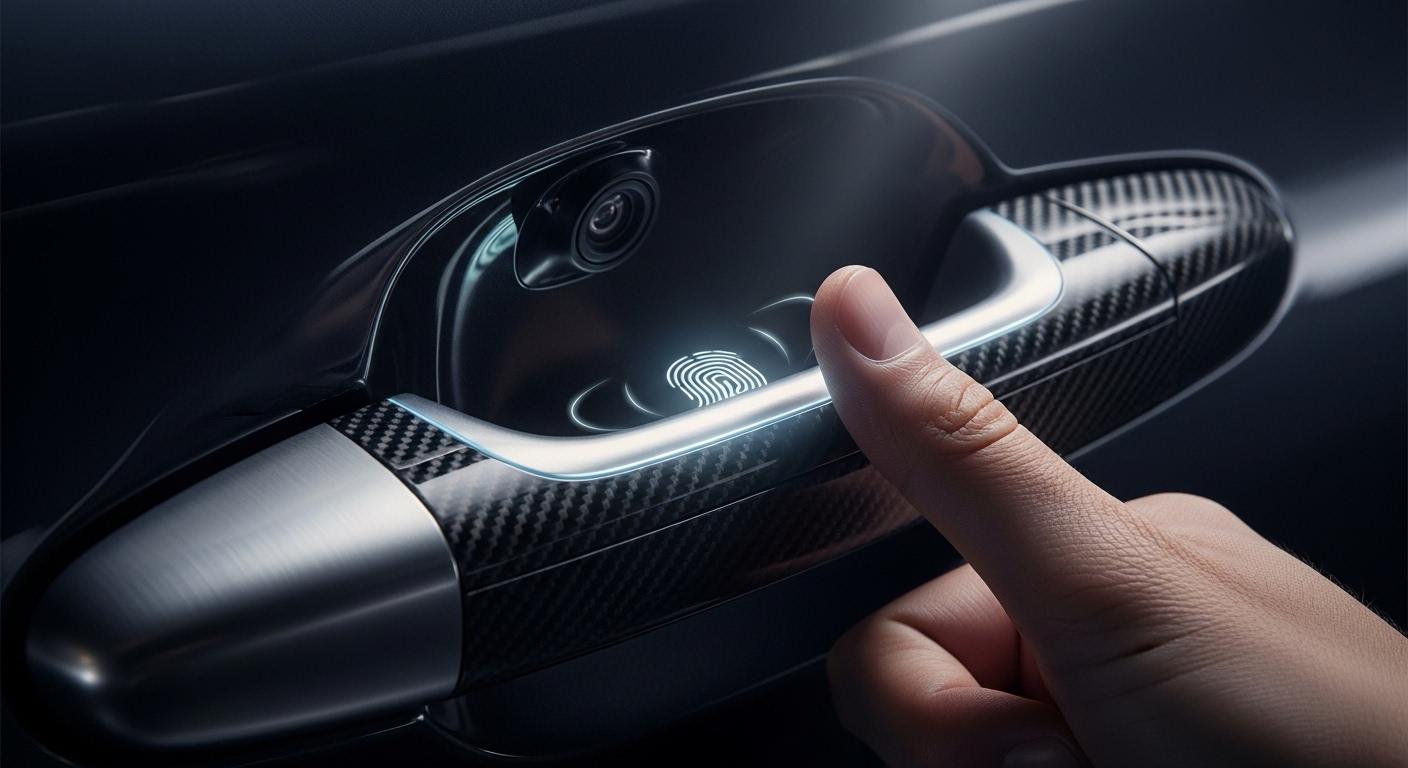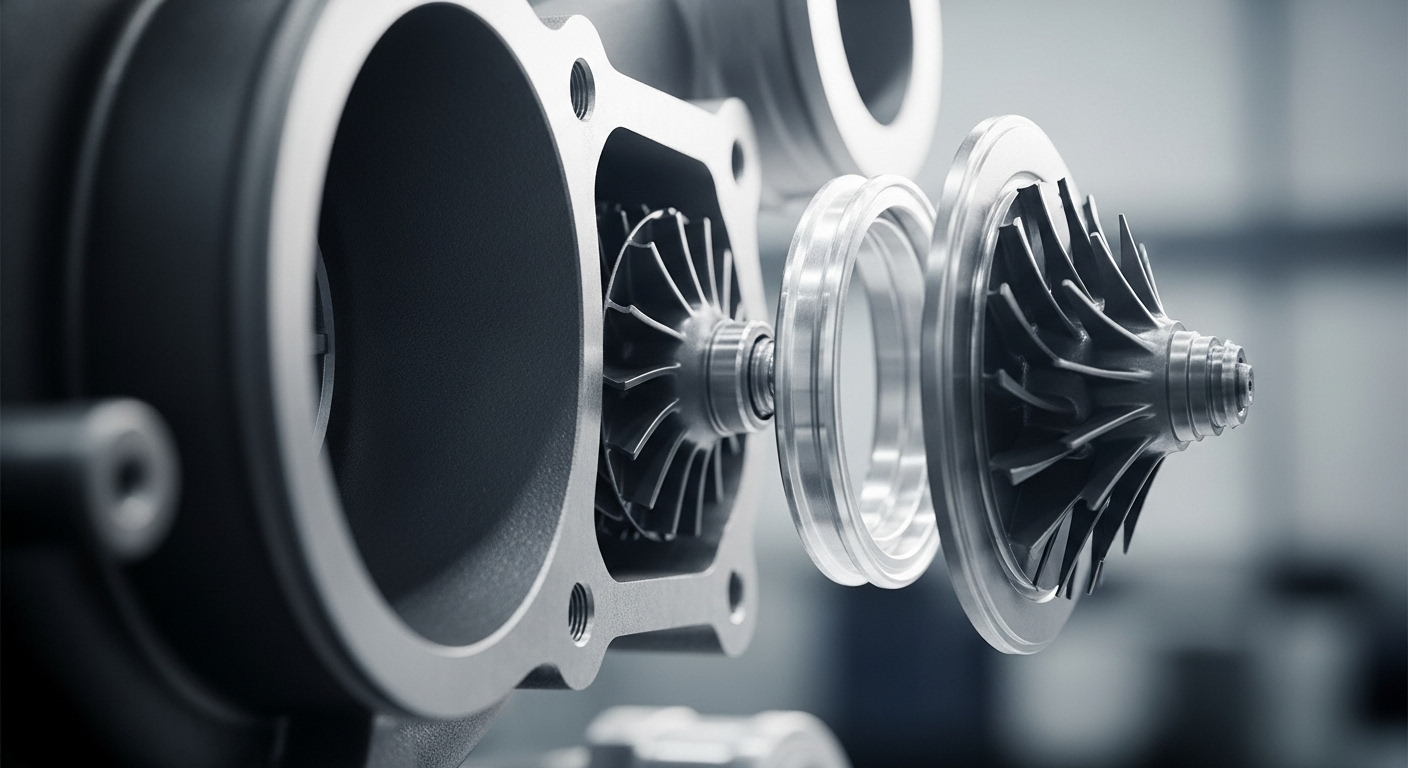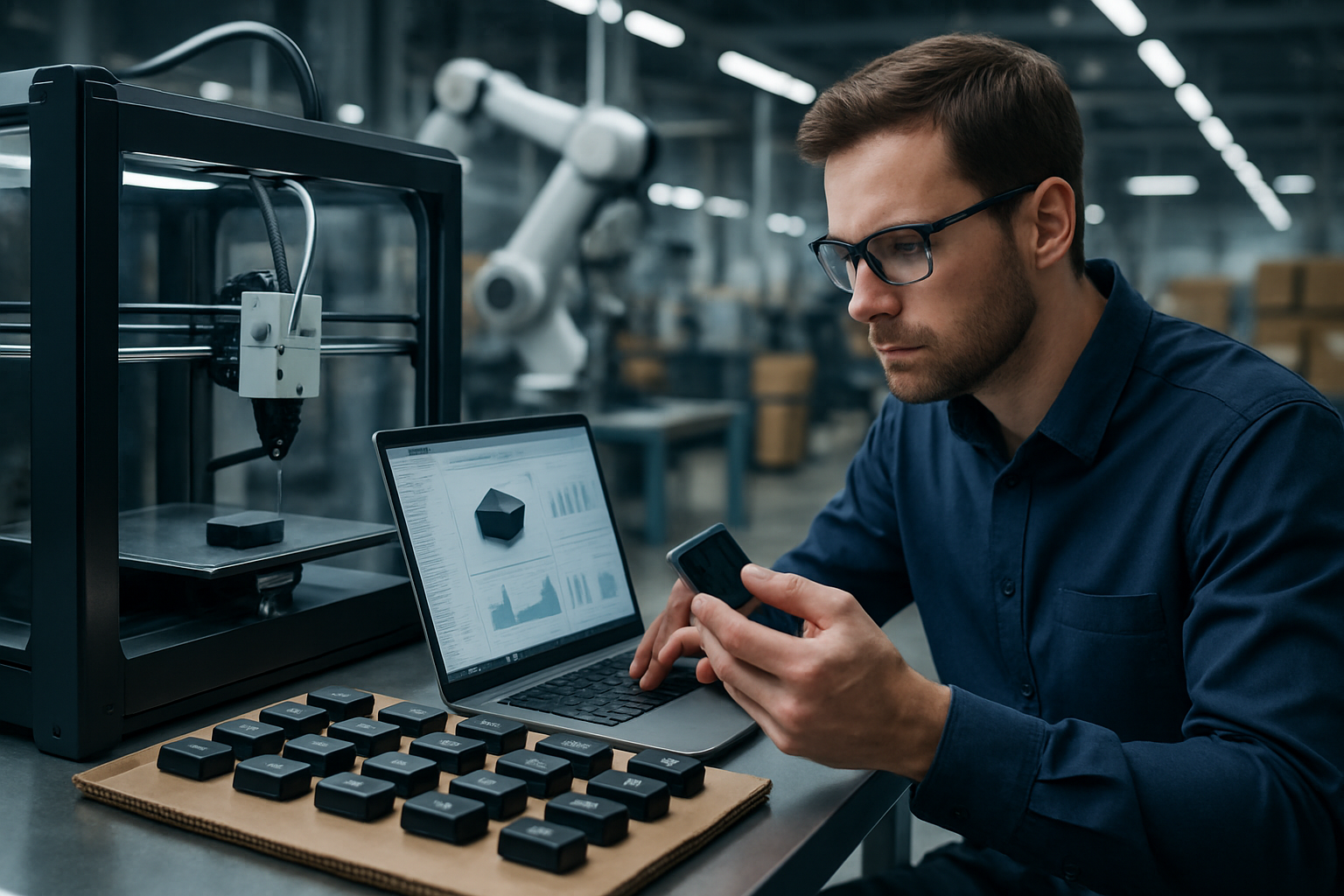Biometric Integration: The Next Frontier in Automotive Security and Personalization
The fusion of biometric technology with automotive systems is ushering in a new era of vehicle security and personalization. This cutting-edge integration promises to revolutionize how we interact with our cars, offering unprecedented levels of convenience, safety, and customization. As the automotive industry continues to evolve, biometric systems are poised to become a standard feature, transforming the driving experience for millions of motorists worldwide.

The Evolution of Automotive Security
The journey of automotive security has been a long and winding road, from simple mechanical locks to sophisticated electronic systems. Early automobiles relied on rudimentary key-and-lock mechanisms, which were easily compromised. As technology advanced, so did the methods of securing vehicles. The introduction of electronic key fobs in the 1980s marked a significant leap forward, offering remote locking and unlocking capabilities.
However, even these advanced systems have proven vulnerable to hacking and theft. The rise of keyless entry systems brought new convenience but also new risks, with relay attacks becoming a growing concern for car owners and manufacturers alike. This ongoing cat-and-mouse game between car thieves and security experts has driven the industry to seek more foolproof methods of protection.
Biometric Technology: A Game-Changer for Vehicle Access
Biometric systems represent the next evolutionary step in automotive security. Unlike traditional keys or fobs, biometric identifiers such as fingerprints, facial features, or even voice patterns are unique to each individual and nearly impossible to replicate. This makes them an ideal solution for vehicle access and authentication.
Fingerprint sensors, already commonplace in smartphones, are finding their way into car door handles and ignition systems. These sensors can instantly verify the driver’s identity, allowing access only to authorized users. Facial recognition technology, utilizing advanced cameras and AI algorithms, can identify the driver as they approach the vehicle, automatically unlocking doors and adjusting settings to their preferences.
Beyond Security: Personalizing the Driving Experience
While enhanced security is a primary benefit of biometric integration, its potential for personalization is equally compelling. By recognizing individual users, vehicles can create a truly bespoke driving experience. Upon identification, the car can adjust everything from seat position and mirror angles to preferred music playlists and navigation shortcuts.
This level of customization extends to safety features as well. Biometric systems can monitor driver alertness through eye-tracking technology, adjusting things like lane departure warnings or adaptive cruise control sensitivity based on the driver’s current state. For families sharing a vehicle, parent-specific profiles can automatically engage teen driver safety features when a young driver is identified behind the wheel.
The Technical Challenges of Biometric Implementation
Integrating biometric systems into vehicles presents unique challenges. Unlike stationary devices, cars operate in diverse and often harsh environments. Biometric sensors must function reliably in extreme temperatures, varying light conditions, and even when the user is wearing gloves or sunglasses.
Data security is another critical concern. Biometric information is highly sensitive, and its storage and transmission must be protected against hacking or unauthorized access. Automotive manufacturers are investing heavily in encryption technologies and secure processing units to safeguard this data.
Additionally, the system must be designed for rapid response. A delay in recognizing the driver and unlocking the car would negate the convenience factor that makes biometric access appealing. This requires powerful onboard computing capabilities and sophisticated algorithms to process biometric data quickly and accurately.
The Future of Biometrics in Automotive Design
As biometric technology continues to advance, we can expect to see even more innovative applications in automotive design. Heartbeat sensors embedded in steering wheels could provide continuous driver authentication, preventing unauthorized use even if the vehicle is already running. Retinal scanning could offer an additional layer of security for high-value vehicles or fleet management systems.
The integration of biometrics with other emerging technologies, such as augmented reality displays, could create highly interactive and personalized in-car experiences. Imagine a heads-up display that adjusts its information density based on the driver’s known preferences or current stress levels.
Moreover, biometric data could play a crucial role in the development of adaptive safety systems. By understanding the physical state of the driver – their alertness, stress levels, and even potential medical emergencies – vehicles could take proactive measures to ensure safety, from adjusting driving dynamics to automatically calling for assistance in case of a health crisis.
Navigating the Ethical and Privacy Landscape
As with any technology that collects personal data, the widespread adoption of automotive biometrics raises important ethical and privacy concerns. Questions about data ownership, consent, and the potential for surveillance must be addressed. Automakers and policymakers will need to work together to establish clear guidelines and regulations governing the collection, use, and protection of biometric information in vehicles.
Transparency will be key in gaining consumer trust. Users must have control over their biometric data, including the ability to delete or transfer it when selling their vehicle. Additionally, the industry must consider the implications for accessibility, ensuring that biometric systems do not inadvertently discriminate against users with disabilities or medical conditions that might affect their biometric readings.
The integration of biometric technology in automobiles represents a significant leap forward in both security and personalization. As these systems become more sophisticated and widespread, they promise to transform our relationship with our vehicles, making them more secure, more responsive, and more attuned to our individual needs. While challenges remain, the potential benefits of this technology are immense, pointing towards a future where our cars know us almost as well as we know ourselves. As the automotive industry continues to evolve, biometric integration stands out as a key innovation that will shape the driving experience for generations to come.





